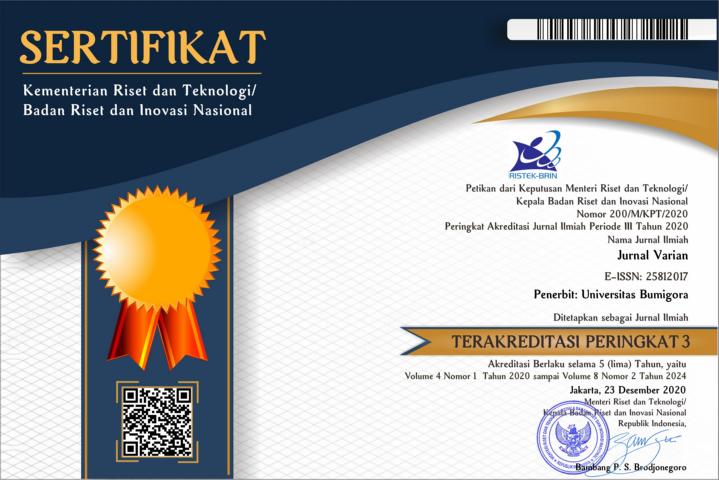Convolutional Neural Network for Cataract Maturity Classification Based LeNet
Abstract
The eyes are one of the vital organs owned by humans. One of the common eye diseases is cataracts. This disease is characterized by clouding of the lens of the eye and can interfere with vision. Worst case, sufferers can experience blindness. Cataract maturity can be divided into four categories, namely incipient, immature, mature, and hypermature. Cataracts can be removed through surgery when the cataract is in the mature or hypermature phase. Cataract examination is usually done using a slit lamp. The lack of hospitals that have this equipment can cause delays in the healing process for cataract sufferers. This study created an image processing algorithm for the maturity classification process of cataracts using the Convolutional Neural Network method with LeNet network architecture. The algorithm that has been built is capable of classifying the maturity of cataracts with an accuracy rate of 93.33%
References

This work is licensed under a Creative Commons Attribution 4.0 International License.


















